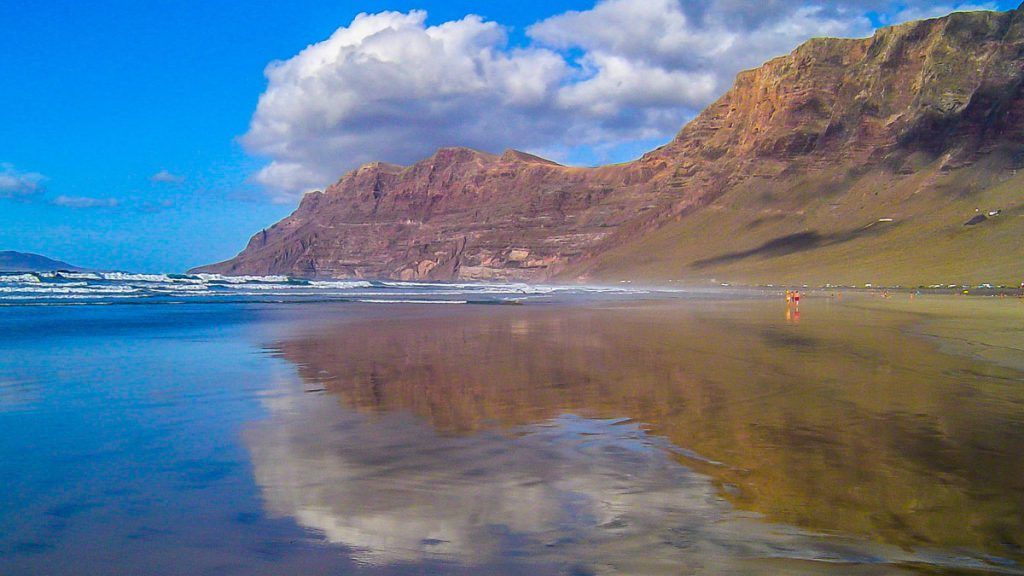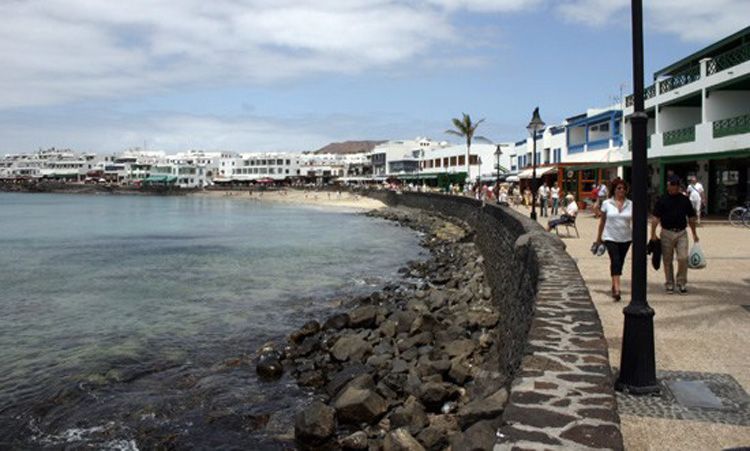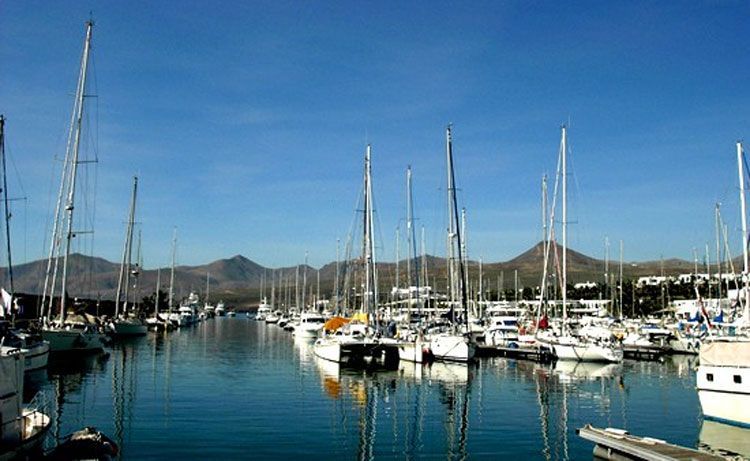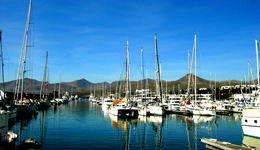Lanzarote, a unique island to discover!
Lanzarote was formed by the effect of geological events consequent to the opening of the Atlantic Ocean. It has been calculated that some 11 million years ago, lava emissions began to reach the surface. This Atlantic Ocean island is located some 86 miles [140 km] off the northwest coast of of the African continent. Lanzarote is one of the…







